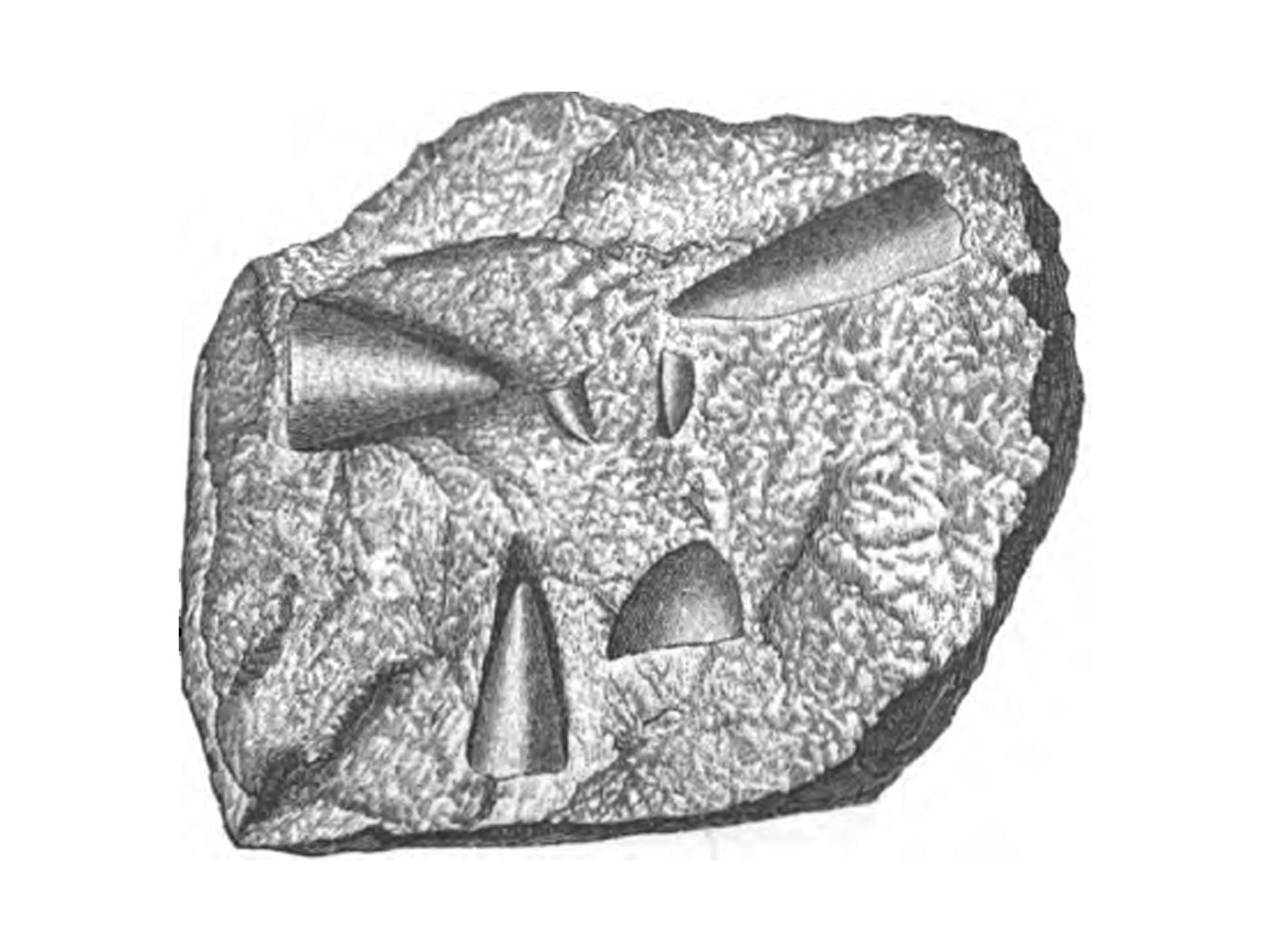Living fossils have been a challenge to evolutionists ever since Darwin coined the phrase in 1859.1,2 They are members of a living species of creatures that are virtually identical to those known from the fossil record. Andean tapirs, coelacanths, and horseshoe crabs3 are examples.
The gar (Lepisosteidae) is a freshwater fish with long jaws, many teeth, and a cigar-shaped body. They are found only in North America and live in shallow, weedy waters. Evolution theory can only say they emerged in the Early Triassic (supposedly over 200 million years ago).
In March of 2024, evolutionists reported “...the first instance where science is showing that a lineage [an “ancient” clade of gars and sturgeons], through an intrinsic aspect of its biology, fits the criteria of living fossils.”4 Thomas J. Near, professor of ecology and evolutionary biology at Yale, went on to say, “We show that gars’ slow rate of molecular evolution has stymied their rate of speciation.”4
River systems in Texas were included in the investigation,
The researchers then demonstrated that the slow rate of molecular evolution is linked to slow rate of speciation in gars by analyzing examples of hybridization between two distinct gar species in the Brazos and Trinity River systems in Texas.4
This alleged slow rate of “molecular evolution” has resulted in no change (or stasis) to the gar for “tens of millions of years.”4
Evolution is supposedly pliable, able to go forward (fast or slow), backwards,5 or, in this case, stand still in what Brownstein et al. calls “evolutionary stasis.”6 But evolution means change, which renders the phrase meaningless.
Indeed, although evolution is mentioned throughout, this story6 has nothing to do with real, vertical evolution. Cummings of Yale News stated, “The seven living gar species are nearly identical structurally to the earliest fossil gars from the Jurassic period about 150 million years ago.”4 The origin of the family to which gars belong—Lepisosteidae—is not addressed.
The Yale News article stated, “By linking this finding to the process of hybridization — when two different species produce viable offspring — of gar species in the wild that last shared common ancestry during the age of the dinosaurs, the researchers demonstrate that slow evolution rate of their genome drives their low species diversity.”4
Creation scientists maintain this supposed common ancestor, that conveniently existed “over 100 million years ago,”6 will never be found. Just as fish have always been fish, gars will always remain gars.
The Brownstein et al. report of a “mechanism of stasis”6 found in the gars (and creation scientists would predict in a multitude of other living fossils) is apparently connected to the “highly effective DNA repair apparatus.”6 Professor Near stated, “Most cancers are somatic mutations that represent failures of an individual’s DNA repair mechanisms,”4 and “if further study proves that gar DNA repair mechanisms are extremely efficient, and discovers what makes them so, we could start thinking about potential applications to human health.”4 Creation scientists see this repair system as a clear result of plan and purpose.7,8
The zoologists also detected similar “slow rates [of change in the coding regions of DNA] among sturgeon and paddlefish, two other examples of living fossils.”4 Are the gars, sturgeon, and paddlefish slowly evolving, experiencing “evolutionary stasis,” or is this just minor variation within these fish since their creation thousands of years ago?
References
- Thomas, B. Should We Drop the Term ‘Living Fossil’? Creation Science Update. Posted on ICR.org July 18, 2016, accessed June 6, 2024.
- Sherwin, F. Yet Another Living Fossil Found. Creation Science Update. Posted on ICR.org December 12, 2022, accessed June 6, 2024.
- Sherwin, F. Horseshoe Crabs: Living Fossils or Living Laboratories? Creation Science Update. Posted on ICR.org June 28, 2018, accessed June 6, 2024.
- Cummings, M. Study of slowly evolving ‘living fossils’ reveals key genetic insights. YaleNews. Posted on yale.edu March 4, 2024, accessed June 6, 2024.
- What makes Evolution go Backwards? McMaster University. Posted on sciencedaily.com March 19, 2019, accessed June 6, 2024.
- Brownstein, C. et al. 2024. The genomic signature of evolutionary stasis. Evolution. 78 (5): 821–834.
- Thomas, B. DNA Repair Enzymes: Vital Links in the Chain of Life. Creation Science Update. Posted on ICR.org August 27, 2008, accessed June 6, 2024.
- Sherwin, F. DNA Repair Research Reveals Astounding Complexity. Creation Science Update. Posted on ICR.org August 15, 2019, accessed June 6, 2024.
* Dr. Sherwin is a science news writer at the Institute for Creation Research. He earned an M.A. in invertebrate zoology from the University of Northern Colorado and received an honorary doctorate of science from Pensacola Christian College.













